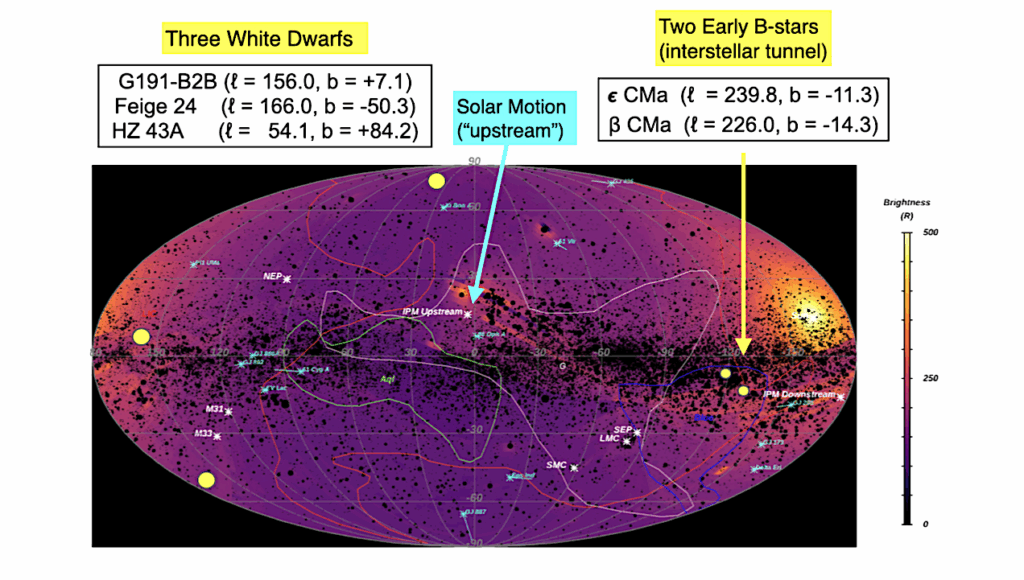The Effect Of High Nitrogen Pressures On The Habitable Zone And An Appraisal Of Greenhouse States

The habitable zone is the main tool that mission architectures utilize to select potentially habitable planets for follow up spectroscopic observation.
Given its importance, the precise size and location of the habitable zone remains a hot topic, as many studies, using a hierarchy of models, have assessed various factors including: atmospheric composition, time, and planetary mass. However, little work has assessed how the habitable zone changes with variations in background nitrogen pressure, which is directly connected to the habitability and life bearing potential of planets.
Here, I use an advanced energy balance model with clouds to show that our solar system habitable zone is about 0.9 to 1.7 AU, assuming a 5 bar nitrogen background pressure and a maximum 100 percent cloud cover at the inner edge. This width is about 20 percent wider than the conservative habitable zone estimate. Similar extensions are calculated for A to M stars. I also show that cooling clouds and hazes and high background pressures can decrease the runaway greenhouse threshold temperature to approximately 300 K (or less) for planets orbiting any star type. This is because the associated increase in planetary albedo enables stable climates closer to the star, where rapid destabilization can be triggered from a lower mean surface temperature.
Enhanced longwave emission for planets with very high stratospheric temperatures also permits stable climates at smaller orbital distances. The model predicts a runaway greenhouse above approximately 330 K for planets orbiting the Sun, which is consistent with previous work. However, moist greenhouses only occur for planets orbiting A-stars.
Ramses M. Ramirez
(Submitted on 1 Apr 2020)
Comments: Published in The Monthly Notices of the Royal Astronomical Society (27 pages, 7 figures)
Subjects: Earth and Planetary Astrophysics (astro-ph.EP)
Journal reference: Monthly Notices of the Royal Astronomical Society, 494, 1, 259 to 270 (2020)
DOI: 10.1093/mnras/staa603
Cite as: arXiv:2004.00229 [astro-ph.EP] (or arXiv:2004.00229v1 [astro-ph.EP] for this version)
Submission history
From: Ramses Ramirez
[v1] Wed, 1 Apr 2020 04:36:37 UTC (658 KB)
https://arxiv.org/abs/2004.00229
Astrobiology








